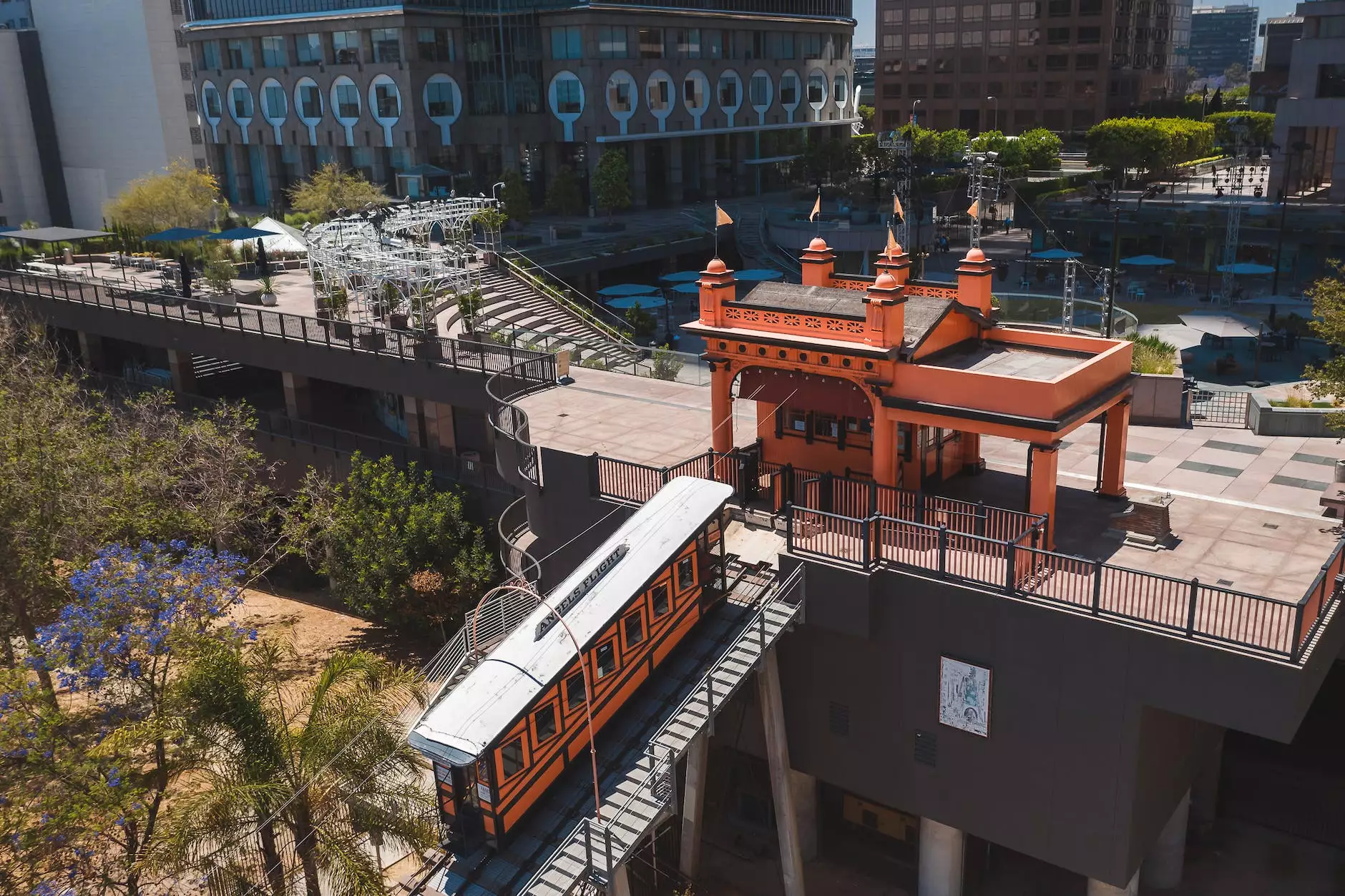Harold Allen: Egyptian Revival Architecture

Introduction to Egyptian Revival Architecture
In the realm of architectural wonders, Egyptian Revival Architecture stands tall, serving as a testament to the ancient civilization's rich history, cultural impact, and iconic design elements. La Historia Society, in collaboration with renowned architect Harold Allen, invites you on a mesmerizing journey exploring the intriguing world of Egyptian Revival Architecture. Join us as we delve into the fascinating details, intricate designs, and unforgettable experiences this architectural style offers.
The Roots of Egyptian Revival Architecture
Egyptian Revival Architecture emerged during the 19th century, a time when European and American societies developed a heightened fascination with the mystique and appeal of ancient Egypt. Inspired by archeological discoveries, such as the deciphering of hieroglyphs and the excavation of monumental structures, architects sought to recreate the enigmatic charm of ancient Egypt within their own creations. It was the dawn of a revival - a fusion of timeless aesthetics and imaginative interpretations.
The Captivating Design Elements
Egyptian Revival Architecture features a distinct blend of architectural motifs and symbolism derived from ancient Egyptian culture. From elaborate columns intricately adorned with papyrus, lotus flowers, and palm fronds, to grand entranceways adorned with colossal sphinxes and obelisks, every element encapsulates the spirit and grandeur of the pharaohs. The use of hieroglyphs, sun disks, and winged suns adds a layer of mystical aura, transporting spectators to eras long gone.
Notable Examples of Egyptian Revival Architecture
The Egyptian Theater, Los Angeles, California
An iconic landmark, the Egyptian Theater in Los Angeles, California, captures the essence of Egyptian Revival Architecture. Built in the 1920s, it boasts intricate detailing, including lotus flower motifs, scarabs, and winged sun disks. The theater has served as a centerpiece for various cultural and cinematic events, reflecting the enduring legacy of this architectural style.
Harold Allen's Egyptian Revival Masterpieces
Harold Allen, a visionary architect renowned for his passion for Egyptian Revival Architecture, has left an indelible mark on this unique architectural genre. His creation of the "Sphinx Tower" in New York City showcases his meticulous attention to detail and commitment to preserving and reviving this ancient style. The tower's spherical entranceway, adorned with majestic sphinx statues, stands as a testament to Allen's dedication to capturing the spirit of ancient Egypt.
Rediscovering Cultural Significance
The appeal of Egyptian Revival Architecture transcends mere aesthetics. It represents a reconnection with the past, a rediscovery of cultural heritage, and a homage to a civilization that continues to captivate minds around the globe. By preserving and celebrating this architectural style, La Historia Society and Harold Allen aim to immerse visitors in a world where history comes alive, where the imagination soars, and where the legacy of ancient Egypt lives on.
Your Journey Begins Here
Embark on an enchanting exploration of Egyptian Revival Architecture with La Historia Society and Harold Allen. Discover the secrets of ancient Egypt, unlocked through architectural marvels and timeless designs. Unearth the hidden meanings behind each intricate detail and let the allure of this remarkable style transport you to a realm of wonder and fascination.
Join Us Today
La Historia Society invites you to step into the world of Egyptian Revival Architecture. Sign up for our guided tours, where our expert guides delve into the historical backdrop, architectural techniques, and cultural significance of these extraordinary structures. Immerse yourself in the mesmerizing world of Egyptian Revival Architecture, and witness firsthand the beauty and grandeur of this captivating style.









